Jobs recovery flying as welfare gets $9bn boost
More than half a million workers came off wage subsidies in January compared with December, smashing forecasts.
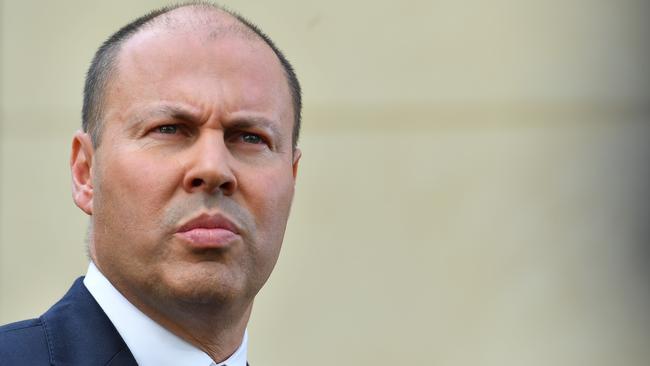
More than half a million workers came off wage subsidies in January compared with December, smashing Treasury forecasts for the jobs recovery as the Morrison government ushered in the largest year-on-year increase to the dole since 1986.
The unexpected jump in the number of Australians returning to work or finding new jobs will bolster the government’s decision to end the JobKeeper program next month and comes as 1.95 million Australians on working age welfare payments are to be handed an extra $25 a week.
The $9bn boost for welfare recipients will be tied to a strict new mutual obligation test requiring employers to report any job applicant who refuses to take a position offered to them.
With the announcement ahead of the $150 JobSeeker coronavirus supplement and JobKeeper wage subsidy scheme ending next month, Scott Morrison has moved to address concerns from the Reserve Bank, welfare and business groups that unemployed Australians could be left exposed when support programs cease.
The welfare package, which returns income support payments back up to the Howard-era relativities of about 40 per cent of the national minimum wage, sets up a political contest with Labor, which has offered in-principle support for a higher JobSeeker rate but is yet to commit to the $50-a-fortnight increase.
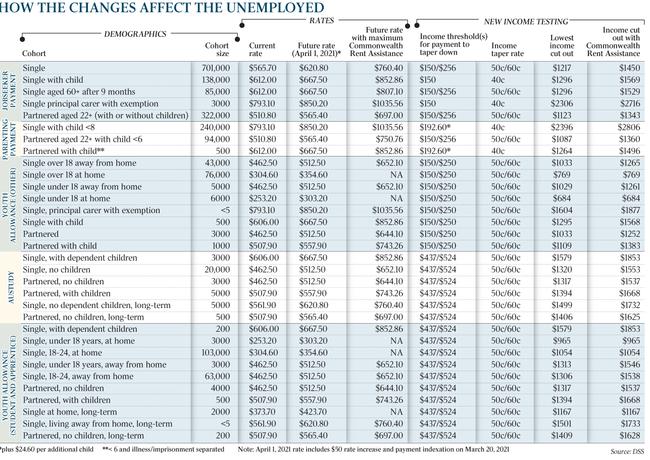
The Australian can reveal that at the same time, January data for the JobKeeper program has outstripped Treasury’s forecasts by more than 200,000, with the number of workers now tipped to fall to 1.1 million for the March quarter instead of 1.3 million as predicted.
Australian Taxation Office data showed that 550,000 more individuals were able to come off JobKeeper in January compared to December, despite tougher eligibility tests for businesses from the start of the year.
It is estimated that about 40 per cent have moved into new positions. While the preliminary data shows there are now 960,000 individuals on the subsidy compared with 3.6 million workers at the height of the program, Treasury is expecting this may tick up before the end of the quarter.
Josh Frydenberg on Wednesday will claim the program has been “remarkable” in keeping businesses afloat and Australians in jobs.
“Preliminary JobKeeper data from the ATO for the month of January indicates that there are around 140,000 fewer businesses and nearly 600,000 fewer individuals relying on the JobKeeper payment in January compared with December,” the Treasurer will say in a speech to the Australian Chamber of Commerce and Industry.
“Of the 1.1 million people expected to be on JobKeeper in the March quarter, we are expecting the overwhelming majority to remain in their existing jobs following the conclusion of the program.
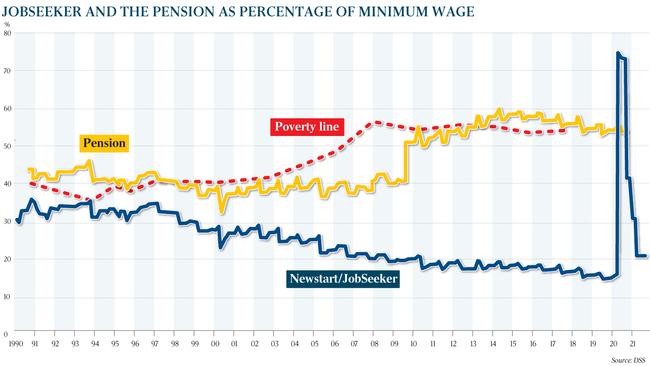
“While JobKeeper has been a remarkable program, it is no longer fit for purpose nor the best way forward.”
Hinting further at a shift to targeted assistance once the program ends, Mr Frydenberg said young people continued to be the most impacted, with employment of those aged 15-34 3.3 per cent lower in January 2021 than in March 2020, while employment of those aged 35 and over increased by 1.2 per cent.
“Sectors impacted by international travel restrictions as well as state health-based restrictions had the highest proportion of zero or low-hour JobKeeper workers in December,” he said. “Around 20 per cent were in four out of 500 narrowly defined industry classes: cafes and restaurants, travel agencies and tour arrangement services, accommodation, and air and space transport.
“The next stage of the recovery will continue to focus on those who require support, whilst not getting in the way of the broader economic recovery. Any targeted support needs to be proportionate, temporary and accompanied by a clear exit strategy.”
The speech follows the Prime Minister’s announcement on Tuesday in which the government committed to increase the dole to about $44 a day.
The welfare boost, signed off by cabinet on Monday, was endorsed by the Coalition partyroom despite Nationals MPs Llew O’Brien and Matt Canavan raising concerns over the $9bn cost and whether more needed to be done to financially support at-risk businesses. The increased payments, factoring in March indexation, will raise fortnightly welfare supports to between $354.60 and $850.20 across several payments.
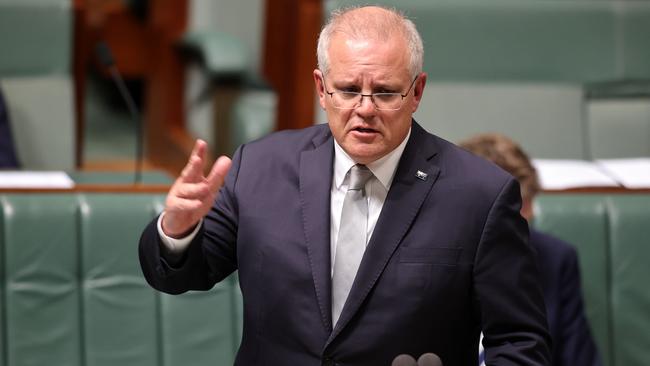
Mr Morrison said his priority was getting Australians into jobs “so they’re better off and the country is better off”.
“Every person we get off JobSeeker on to a job, that not only puts their household budget in a better position … that also supports the Australian people’s budget,” he said. “It moves somebody from receiving taxpayer support to being a taxpayer, and that was the big game-changer that enabled us to bring the budget into balance prior to this pandemic.”
Employment Minister Michaelia Cash said if people were offered jobs that they rejected, employers would be able to dob in jobseekers. Under the mutual obligation crackdown, jobseekers must attend face-to-face appointments with job providers.
The number of job searches for unemployed Australians, which had been reduced to eight a month, will be progressively increased to 20 by July 1. After six months on welfare, unemployed Australians will be required to upskill or complete work experience.
“What we will be doing … is introducing an employer reporting line. If someone does apply for a job, they’re offered the job and qualified for the job but they say no, the employer will be able to contact my department and report that person as failing to accept suitable employment,” Senator Cash said. “In the event they do not have a valid reason, they will be breached for that.”
Mr O’Brien, whose Wide Bay electorate has one of the highest rates of welfare recipients, told The Australian he was prepared to cross the floor and called on Nationals leader Michael McCormack to provide more support for infrastructure projects.
“I don’t want to seem like the welfare grinch, that’s not the point. The point is I’m at war with unemployment in my region,” Mr O’Brien said. “We’re borrowing all this money, accruing all this debt, most of it foreign, to effectively provide more welfare … the main focus for me is getting people off the dole, off unemployed benefits, off welfare into a job.”
The Deputy Speaker, who said tourism, manufacturing and agricultural businesses were pleading for more government support, said “if it doesn’t help unemployment, I’m not for it”.
Opposition social services spokeswoman Linda Burney said Labor would consider the government’s legislation and mutual obligation requirements.
She told Labor’s caucus on Tuesday it was not the party’s intention to stand in the way of welfare recipients getting extra support. “Labor has not determined an amount. And I will not be pushed into naming an amount,” she said.
Welfare groups, including the Australian Council of Social Service, Uniting Church and Mission Australia, slammed the $50-a-fortnight increase. ACOSS chief executive Cassandra Goldie said it was a “heartless betrayal of millions of people with the least”.
“The government has turned its back on those with the least, plunging people further into poverty. It’s a cruel decision that shows a complete lack of humanity and empathy.”

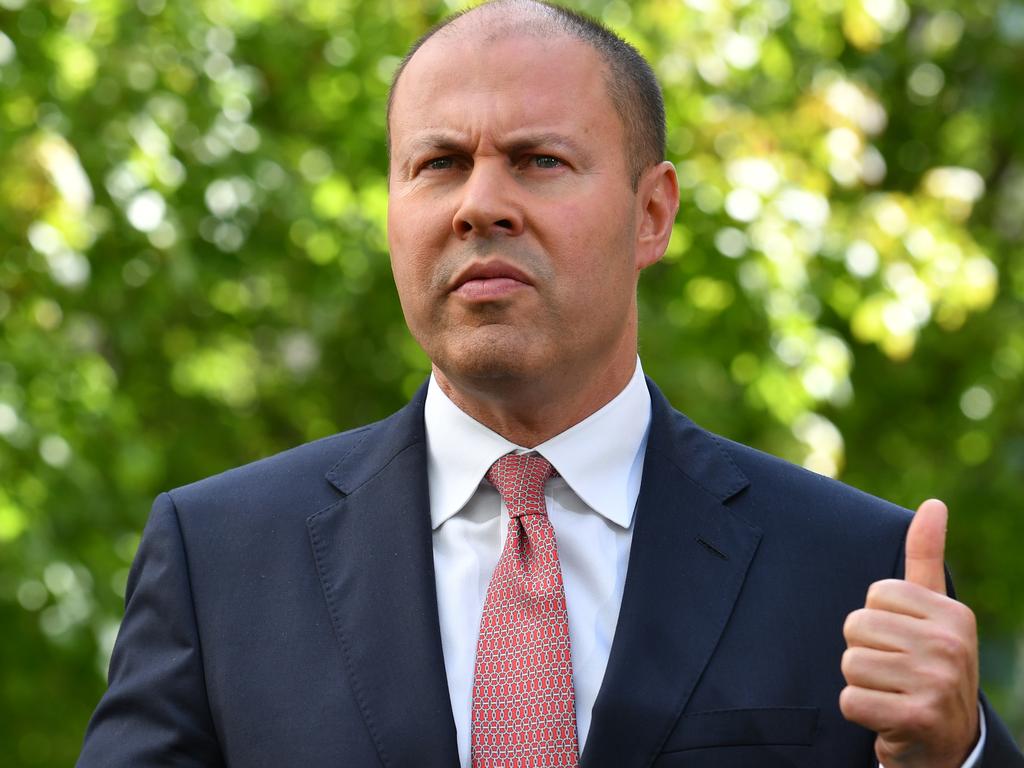


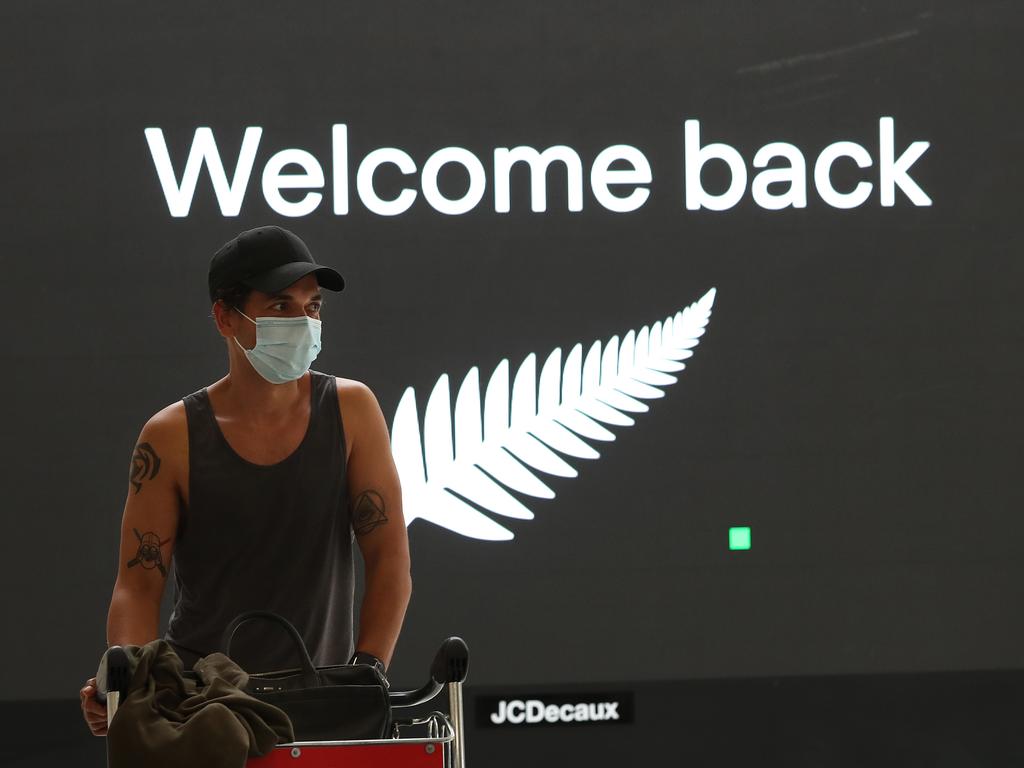


To join the conversation, please log in. Don't have an account? Register
Join the conversation, you are commenting as Logout